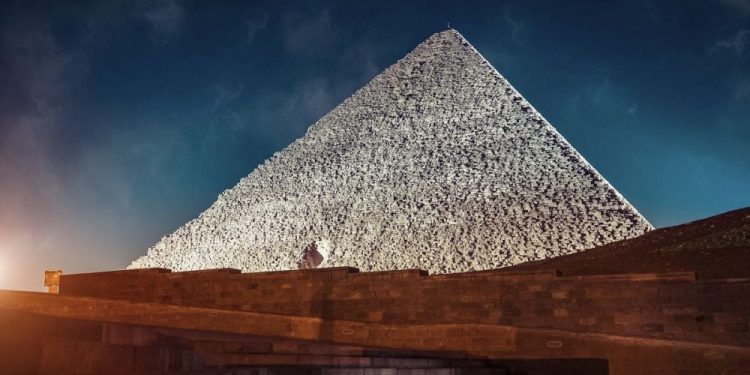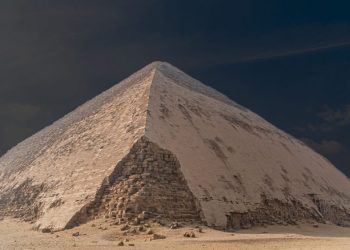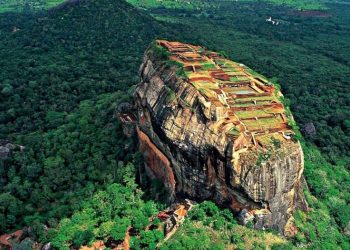A documentary explores how ancient builders may have succeeded in building the Great Pyramid with ancient technology—without cranes, trucks, or modern machinery—by testing historical techniques and reexamining lost methods from more than 4,500 years ago.
The enduring mystery of pyramid construction
Across the world, ancient civilizations erected pyramids for thousands of years—vast stone structures that still defy easy explanation. While many associate these monuments with Egypt, pyramids were built independently in Central America, China, Sudan, and even parts of Europe. Yet none have inspired as much fascination as the Great Pyramid of Giza.
Built during the reign of Pharaoh Khufu around 2560 BCE, the Great Pyramid was once nearly 140 meters tall and made from an estimated 2.3 million limestone and granite blocks. Many of these stones weigh over two tons, and the total mass of the pyramid exceeds 6.5 million tons. Despite the absence of cranes, heavy trucks, or advanced engineering tools, ancient builders managed to complete the structure in roughly two decades.
The precision and scale of the construction have left modern engineers perplexed. How were such massive stones cut, transported, and placed with such accuracy? And could we, with all our machinery, replicate the feat today?
Revisiting ancient techniques through modern eyes

A documentary presented by Channel 4 takes viewers on a journey through one of history’s greatest engineering riddles: building the Great Pyramid with ancient technology. Instead of relying on fringe theories or speculation, the film presents grounded, testable ideas about how ancient Egyptians may have accomplished the task.
Among the theories explored is the possibility that stones were hauled up a spiraling internal ramp. Proposed by architect Jean-Pierre Houdin, this idea suggests that construction materials were transported inside the pyramid as it rose, reducing the need for massive external ramps. The theory aligns with certain architectural clues found within the pyramid itself and offers a plausible explanation for how such precision was achieved without modern lifting tools.
Throughout the documentary, engineers, historians, and experimental archaeologists attempt to recreate aspects of the construction using period-appropriate tools and techniques. The results are often surprising—and sometimes more efficient than expected.
Could we build it today—and at what cost?
Though modern construction equipment allows us to move heavy loads with ease, recreating the Great Pyramid in the 21st century would still present formidable challenges. According to estimates cited by Live Science, it would cost over $5 billion to construct the pyramid today—even with cranes, helicopters, and automated machinery.
If historical accounts are correct and the pyramid was completed in just 20 years, this would mean positioning one stone approximately every five minutes, day and night, for two decades. The level of organization and workforce management required is staggering, especially considering the ancient builders lacked wheels, pulleys, and iron tools.
Rather than diminishing ancient achievements, these comparisons highlight the ingenuity and determination of the society that built one of the most enduring monuments on Earth.
The documentary doesn’t claim to provide the final answer. Instead, it offers a fascinating opportunity to explore how building the Great Pyramid with ancient technology may have been possible through sheer human effort, innovation, and organization—a legacy that continues to inspire and confound thousands of years later.











